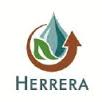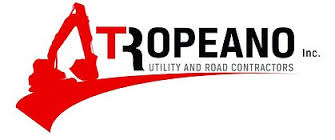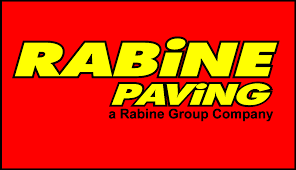News
DALLAS (April 7, 2021) A massive, $1 billion project to provide a safe and reliable source of drinking water throughout northwestern New Mexico and tribal nations is better positioned for coordinated implementation after tribal, state and federal partners recently signed a Memorandum of Understanding (MOU). The project, more than a decade in the making, will serve a quarter of a million people.
The Navajo Nation, New Mexico Environment Department and the U.S. Environmental Protection Agency recently signed the MOU to support the success of the Navajo-Gallup Water Supply Project (NGWSP), which will ultimately provide drinking water to an estimated 250,000 people based on population projections by 2040.
Drinking water jurisdiction across northwest New Mexico is incredibly complex, involving a mix of federal, state, tribal and private entities. The MOU clarifies government oversight and regulatory roles and responsibilities of the parties involved. The MOU will foster a collaborative approach that promotes consistent and ongoing communication through the completion and implementation of the project.
The NGWSP will provide drinking water to the City of Gallup, 43 chapters in eastern Navajo Nation, the southern region of the Jicarilla Apache Nation and the community of Lybrook, among many others. The communities along the pipeline’s route currently have access to drinking water. However, these communities rely heavily on rapidly diminishing groundwater supplies, sometimes of poor quality. The pipeline will draw from surface waters in the San Juan River Basin and connect to existing systems to provide a more sustainable, high quality and long-lasting solution to the water needs of those communities.
Congress appropriated funding for the project under the Omnibus Public Land Management Act of 2009 as part of the Navajo Nation San Juan River Basin Water Rights Settlement in New Mexico. It will consist of 300 miles of pipeline, 20 pumping stations and two treatment plants. Plus, approximately 650 jobs will be created throughout the life of the project.
“We owe a lot of gratitude to our past Navajo leaders who helped negotiate and finalize the historic San Juan River Water Rights Settlement years ago,” said Navajo Nation President Jonathan Nez. “Our past leaders had a vision to help bring much-needed water infrastructure for many communities in the eastern portion of our Nation. With the signing of this MOU, we as current leaders are moving forward together on the path to providing clean drinking water to thousands of Navajo people. Many families will soon have access to running water in their homes thanks to the work being done with our state and federal partners. We appreciate the support of everyone involved, including those from the State of New Mexico and at the federal level.”
“This colossal collaboration will truly improve the quality of life for hundreds of thousands for years to come,” said New Mexico Gov. Michelle Lujan Grisham. “Thank you to our federal and tribal partners for working with us on fulfilling a basic human need for a quarter of a million people.”
“Collaboration is one the Environment Department’s core values because public health agencies can rarely solve complex problems alone,” said New Mexico Environment Department Cabinet Secretary James Kenney. “The recent agreement between U.S. EPA, Navajo Nation President Nez and the Environment Department respects the jurisdiction of all agencies with a role in overseeing the success of water delivery throughout this massive project.”
“Working together we can achieve positive public health and environmental results for the communities on the Navajo Nation” said Deborah Jordan, Acting Regional Administrator for the EPA’s Pacific Southwest office. “Our collaborative efforts will help advance this major infrastructure project in a manner that assures the delivery of a safe and long-term sustainable water supply.”
“Ensuring people have reliable access to safe drinking water is one of the most vital parts of EPA’s mission to protect human health and the environment,” said EPA Region 6 Acting Regional Administrator David Gray. “We are proud to participate in and support the work of NMED and the Navajo Nation to provide this basic need to their communities.”
Construction on the eastern portion of the project, Cutter Lateral, was completed at the end of 2020 and is now delivering drinking water to three communities along its path. The western portion of the project, the San Juan Lateral, is under construction and will be complete by 2027. Planning, engineering and construction of the project is overseen by the U.S. Bureau of Reclamation.
More information on the NGWSP is available here.
Connect with EPA Region 6:
On Facebook: https://www.facebook.com/eparegion6
On Twitter: https://twitter.com/EPAregion6
Activities in EPA Region 6: https://www.epa.gov/aboutepa/epa-region-6-south-central









































































































